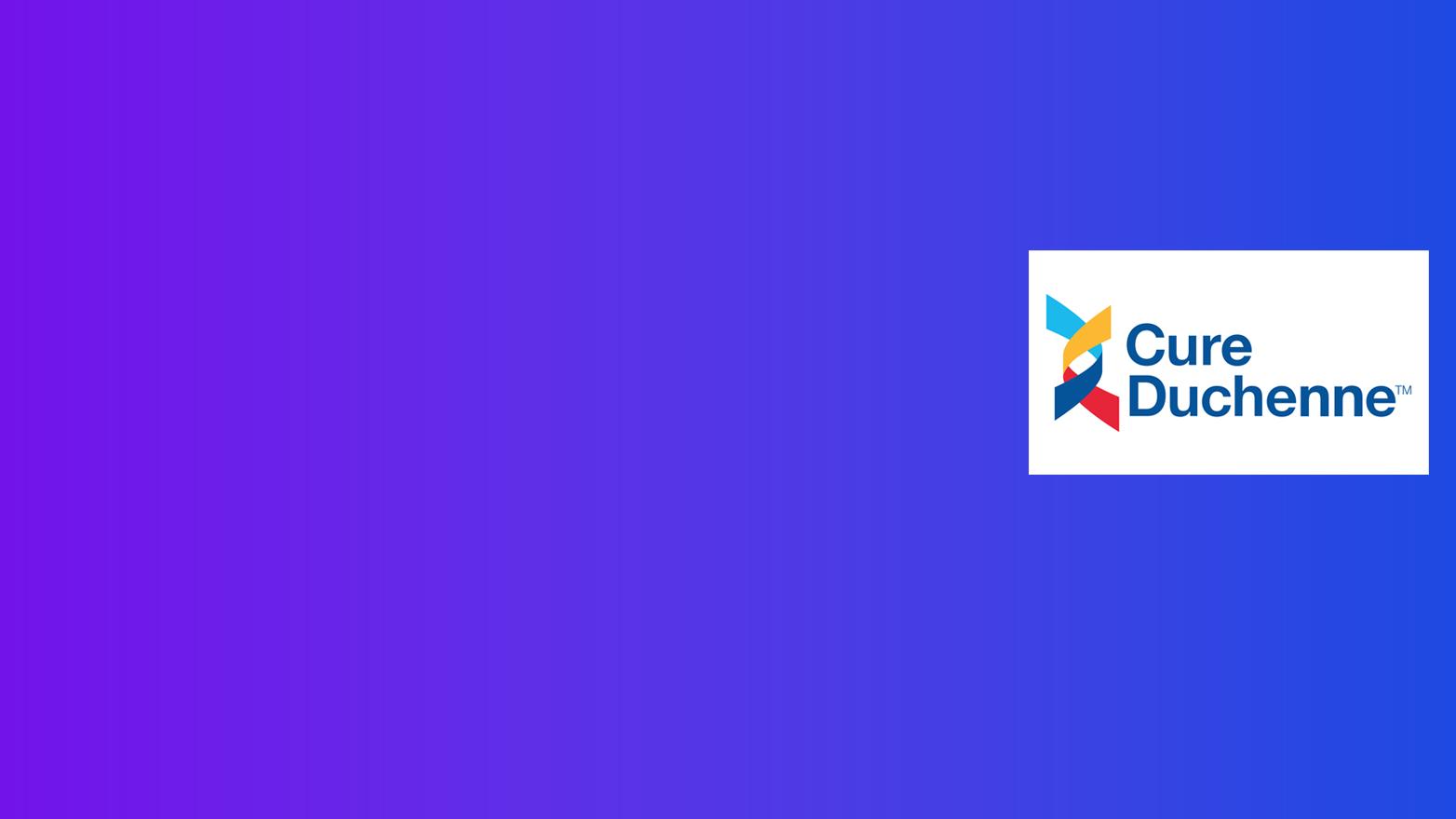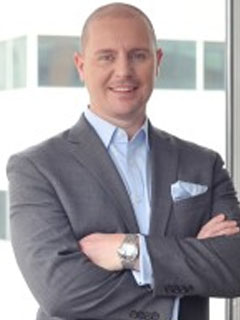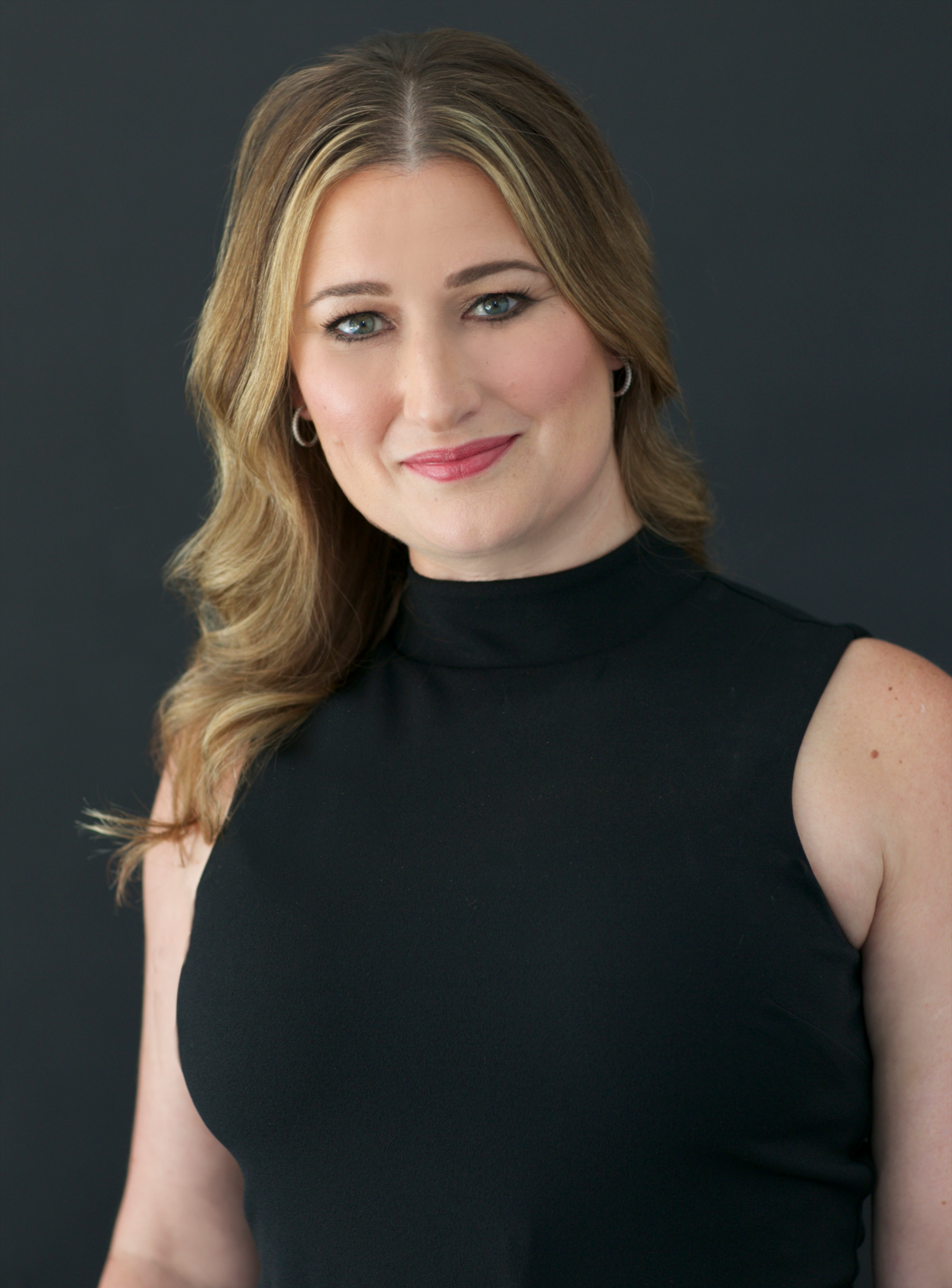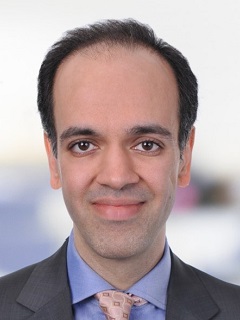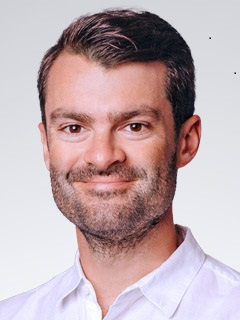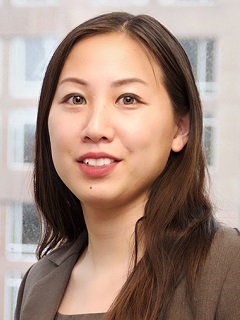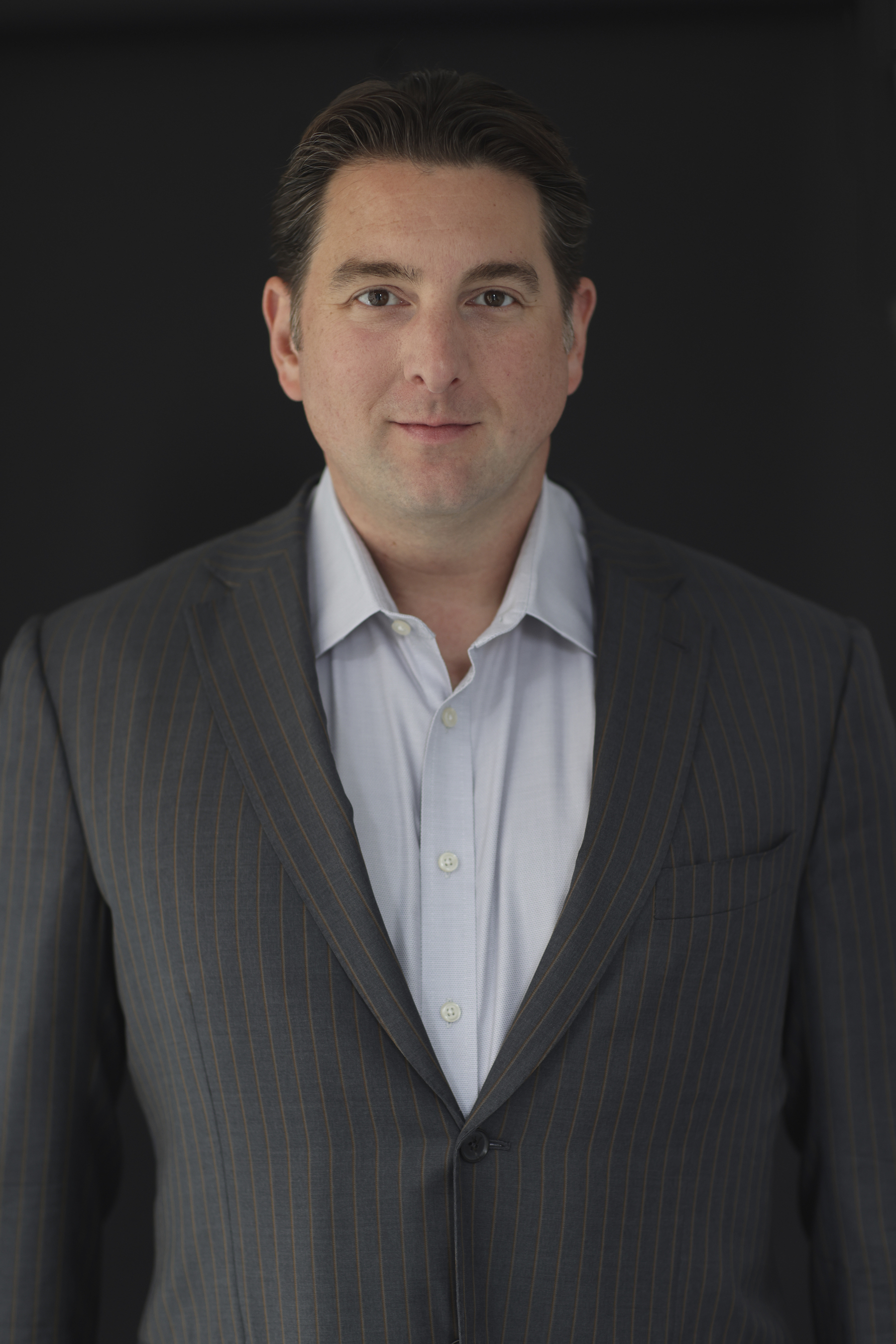Video transcript
Transcript Interview with Eric Ostertag, M.D., Ph.D., CEO of Poseida Therapeutics
Alasdair Milton, PhD: Thanks for joining today everyone. It's my pleasure to welcome Dr. Eric Ostertag. He is the CEO of Poseida Therapeutics based in San Diego. Poseida is focused on using both viral and non-viral delivery technologies across both rare genetic diseases and oncology indications. Eric, thanks so much for your time. Pleasure to be speaking with you today. Maybe just give us a little bit more color to yourself, your background, and also that of the Poseida.
Eric Ostertag: Thanks, Alasdair. My pleasure to be here. The background on myself, I did an MD and a PhD at University of Pennsylvania. I also did residency and fellowship there, and that was about 25 years ago. University of Pennsylvania at that time was a mecca for what was a brand-new field, gene therapy. And in fact, I was the first ever graduate from their gene therapy program. I did a lot of research early on in gene therapy. I did some work in Jim Wilson's lab, actually working on some viral technologies. And then, I founded a company after graduation called Transposagen, which was a pioneering company in the gene addition space. There was no such thing as gene editing back then, but we grew to become a leader in both gene addition and gene editing. And now we also have a lot of different unique gene delivery technologies. And our goal is actually to get away from viral entirely and use a completely non-viral gene delivery technology for both in vivo and ex vivo gene therapies.
Alasdair Milton, PhD: And that's great context. I guess there's a number of issues that I can raise in the paper that are written around kind of one and done, potentially curative gene therapy technologies and particularly around AAV, which is the go-to vector from a viral perspective for in vivo gene therapies. And two of those challenges are, number one is the delivery. How do we get enough therapy into the target tissue in a safe and effective manner? And then the second is really around the manufacturing, which is a major issue right now, major bottlenecks. What's your own perspective on those two challenges?
Eric Ostertag: Right. As I mentioned, 25 years ago when I was working on AAV and also adenovirus, the way that you would get your therapeutic transgene inside the virus was to gut it or eliminate the genes that are inside of the virus. So, you had to produce it with helper virus that created a lot of manufacturing issues. But the other problem with virus is beyond manufacturing, you can get the immune reactions which, in fact, the human body evolved to eliminate viruses from the body. It's very difficult to make a viral system that does not either have preexisting immunity in the patient you're giving it to or create immunity when you dose and therefore makes it impossible or nearly impossible to re-dose. My goal then was to eventually come up with an entirely non-viral system that would be potentially single-treatment cure and eliminate all those problems that are inherent with the viral technologies. And I think we're basically there. It took some time, but we now have a completely non-viral technology. This is based on a DNA transposon system called piggyBac. We have a souped-up version called Super piggyBac, and the therapeutic transgene will get stably integrated into the DNA if you can get it into the cell. But without a virus, the way that we get it into the cells is to use something called a biodegradable nanoparticle. And those two things combined, if you think about it, function very much like a virus, but it is not a virus and does not have the immune problems. It does not have the manufacturing problems associated with the viral technologies.
Alasdair Milton, PhD: Thinking about the manufacturing, ultimately AAV is still kind of the go-to vector right now for gene therapy for rare genetic diseases. That manufacturing piece is, I just want to come back to this for a second, it is a real headwind. Are you seeing improvements on the viral side in terms of manufacturing? What has to happen? Do we have to expand the number of CDMOs? Are there processes that we have to improve on upstream and downstream with viral vector manufacturing?
Eric Ostertag: There have been a lot of improvements with AAV manufacturing in the last 30 years. There have been improvements in the purification. There have been improvements that reduce the number of capsids that you get that are empty, for example, and do not contain your therapeutic transgene. There's been an explosion in the number of CMOs that are able to manufacture virus. It used to be something you pretty much had to do in-house, which can be very costly and a high investment to do that. Yes, there have been improvements, but ultimately it is a 30-year-old technology, and we think the future is nanoparticle delivery.
Alasdair Milton, PhD: I've seen some interesting developments in some startups where they're actually using artificial intelligence to design optimal capsids, AAV capsids, where you can choose from a library, and so issues around immunogenicity that you touched on, capsid size and payload. It feels like a lot of companies are trying to address those issues. What other kind of interesting approaches are you seeing on your day-to-day that are trying to improve from a viral perspective than an AAV to try and really optimize that as an approach?
Eric Ostertag: We have a capsid in our first-generation gene therapies that is somewhat of a similar approach. We licensed this out of Stanford, Mark Kay's lab. I don't know that they used AI, but they used rational design to get new capsids that have higher efficiency, for example, infecting human liver cells versus other tissue. I think that was certainly an advance, but ultimately, you're still left with the immunogenicity problems with AAV. You also have a limitation on your cargo capacity of only about 4.5 KB, and so you can't treat some indications. But for me the biggest problem gets to the very first issue I talked about, which is integrating versus nonintegrating. And when you take out the genes from a virus, whether it be adeno or adeno-associated virus, you eliminate the ability of that virus to integrate.
Why is that important? Well, all AAV technologies, as you say, may be the current gold standard, they do not integrate into the genome. Neither do the nanoparticle technologies without piggyBac. They might deliver RNA transiently. Why is this an issue? Because the great majority, for example, of metabolic diseases, all of the congenital liver diseases manifest in the pediatric patient population. And particularly, the most severe forms of these diseases, the kids that have the highest unmet medical need cannot be treated with standard AAV therapy or with nanoparticle delivering RNA because they don't integrate. And these kids have a rapidly dividing liver. If you don't have an integrating technology, very rapidly these therapeutic transgenes will get diluted out and you lose your expression. Getting into your first statement about single-treatment cure, you cannot get that with standard AAV therapy. You cannot get that with standard nanoparticle therapy.
Alasdair Milton, PhD: I know on the non-viral you mentioned that the system that Poseida's using and a number of other companies that are, I think, kind of moving in this direction in many ways because of those manufacturing challenges and the delivery challenges, you just hit on there. But what are some of the kind of challenges with non-viral from a kind of manufacturing and delivery perspective?
Eric Ostertag: Well, we'd use a lipidoid nanoparticle and we have separate nanoparticles, one for RNA delivery and one for DNA delivery. And that's because our piggyBac system requires RNA, which encodes the enzyme transposase, which will grab your therapeutic transgene, which is your DNA component, your DNA transposon, and then we'll permanently and stably integrate that into the genome. The biodegradable LNPs are fairly easy to manufacture, even GMP compared to the viral technologies. We actually don't need a CMO to do that. We can do it fairly easily in house. So, it's a lot less costly. It's a lot faster to manufacture. But again, I think the biggest advantage is that you can get a single-treatment cure by combining the nanoparticle technology with the piggyBac system. If you think about the original nanoparticle technologies, first of all, they weren't biodegradable, so you often did have toxicity issues. You couldn't necessarily re-dose.
And they were used to deliver RNA, which is nice for very transient expression, but then you would have to re-dose, so you can see the problem. There are a few companies now developing nanoparticles to deliver DNA and the DNA sticks around longer, but it ultimately does not integrate. And still, especially in that pediatric patient population, you lose your expression over time. What we did is we made separate nanoparticles for the RNA and DNA. We can put them in at the same time or separately, and we get the long-term stable integration. And that gives us single treatment cures, even in the pediatric patient population.
Alasdair Milton, PhD: How about scalability with that approach because that's a big issue right now with traditional AAV viral, right? You'd get going from a 15, 20, 50-patient trial. Very, very small rare monogenic diseases. It's still a small commercial population, but it's just a few thousand people sometimes. And that scale can be a real challenge. How are you guys thinking about that with the non-viral approach?
Eric Ostertag: Well, first of all, let me comment on the viral approach. Simply by combining it with piggyBac you do get an otherwise transient therapy converted to a single-treatment cure. One less obvious reason that that is a good thing is because you get higher expression from your integrated transgene than you do from episomal. That means you can actually use much lower titer and still get that single-treatment cure. So, lower titer is great from manufacturing standpoint. You don't need as much virus overall. The virus you do make can go further, get more doses out of it. And it's a huge safety advantage.
As I'm sure you've seen, there have been a lot of unfortunate setbacks in the AAV space lately, including numerous patient deaths. So, to be able to get the same level of therapeutic transient expression with several orders of magnitude lowered virus is a big deal from a safety standpoint. But then, moving on to what we again think is the future of gene therapy, the biodegradable nanoparticles. It's a whole other level. You can easily manufacture much greater amounts of this, and again, even do it in house. So, dosing is not a problem, even when you start talking about going outside of the smaller number of individuals that have some of the monogenetic rare diseases.
Alasdair Milton, PhD: And then, do you think ultimately the non-viral will replace viral or do you think there'll be a place in the future for both side by side, depending on the disease, et cetera?
Eric Ostertag: I think for the most part non-viral will completely replace the viral therapeutics.
Alasdair Milton, PhD: Okay. Quite bullish on that.
Eric Ostertag: There may be some specialty indications applications where a virus has tropism for a unique cell type where it would take additional time to develop a non-viral technology to target that tissue. But for the most part, I am bullish. I think the non-viral will completely replace viral technologies.
Alasdair Milton, PhD: And then, thinking about what that might mean for taking gene therapy beyond what is really right now rare monogenic diseases, and the paper I highlight, essentially that we feel because of the manufacturing challenges, because of the delivery issues with viral, that probably will be focused in the next 5 to 10 years on the rare monogenic diseases. We understand the disease drivers. And that polygenic, the large polygenic populations, will come sometime later. I'd love to get your perspectives on that, especially given that what you've described around the non-viral that Poseida's using.
Eric Ostertag: I think the non-viral approach addresses two major problems. One is that we've just discussed, yield. You can get a lot more doses from manufacturing. The second has to do with the cargo capacity. When you think about polygenic diseases, you may have to add several genes, good copies of multiple different genes, and you simply can't do that with AAV. But nanoparticles don't have an inherent limitation for cargo capacity. The piggyBac system I referred to does not have cargo capacity limitations. So, we're using it right now for factor VIII, which you know is probably very large transient, too big for AAV, that's a monogenetic disease. But when you think about then adding two or three genes to cure disease, we can do that. And in fact, on our ex vivo applications, our CART, chimeric antigen receptor T-cell therapy, all of our products in the clinic right now have three separate genes going into a single location in the genome.
We've shown that you can do easily six. I'm sure we could do even more than that. So, that does get you further towards being able to treat diseases where you may need to add more than one gene. However, I do think those diseases are going to be further off in the future in terms of being able to treat them. Not always just because of manufacturing or cargo capacity, but also simply understanding the disease. It's not where you get a single gene with a mutation that might completely disrupt that gene, and then therefore you need to replace it. You may have an allele that works, but it just doesn't work as well, called the hypomorph. And these then might interact with four or five other genes. It can get very complicated. So, it's hard to know even right now what genes you have to add back.
Alasdair Milton, PhD: That's a great point. And then, just when I look at this space, when I think about more broadly beyond one-and-done gene therapies, what I would think of as the nucleic acid technologies more broadly, right? Obviously, we have the mRNA vaccines now. Very exciting to see that technology can prove itself. RNAi, we've seen the first few launches in that area. These are more chronic therapies. Antisense oligos, obviously, are on the market as well. It's a really innovative time in the kind of nucleic acid space. What's your perspective? What are you really excited about in terms of when you think about that broader market landscape? And I'd be interested to get your thoughts on, do you see a competitive positioning issue with some of these technologies? Do you think that one and done can replace these other approaches, or do you think they can kind of live side by side?
Eric Ostertag: I think one and done should be the goal, and that's what I'm most excited about, single-treatment cure. If you look again at the RNA delivery via nanoparticle, the exception to the rule in terms of chronic need, the need to do chronic therapy, may in fact be your example of vaccines because you give it one or a few times and you've stimulated your immune system and then your immune system takes over, and that could be essentially a permanent response. But for any genetic disease, that's not going to be sufficient. The RNA therapeutics may only last days or at most weeks, and so then you'd have to constantly be giving new drug. And even in the case of the biodegradable nanoparticles, there may be a limit in terms of how often you can do that. So, that's why I think the integrating technology or combining it with and integrating technology is so important.
Alasdair Milton, PhD: You’ve mentioned at the top of the call when you did your intro around the gene editing space, that is just a fascinating area and hasn't, I guess, quite proven itself. It's in the clinic now, but I'd be interested to get your thoughts and where you think that will ultimately go. Because could that ultimately be a competitor to kind of one and done in terms of like replacing a faulty gene?
Eric Ostertag: Right. That kind of gets to the comment about the hypomorphs versus adding an entire gene. You may want to just edit a base pair instead of add back an entirely new gene, and you can do that with gene editing technologies. At Poseida we have what we believe is the cleanest gene technology in existence called Cas-Clover. That means it does not have any unwanted off-target mutations, which as you know, could otherwise create problems themselves, such as cancer. So, you can do certain things with the gene editing technologies that you cannot do alone with the gene addition technologies, but there again, you have to deliver them somehow. You need to get them to the right cells in the body.
We think the best approach for that is still the biodegradable nanoparticles. But the combination of gene addition and gene editing with biodegradable nanoparticle technology non-viral is very exciting, and I think will expand the number of indications that one can treat. The other thing we're working on which is very interesting is to make the piggyBac technologies, that I referred to earlier, site-specific, which means you could deliver these large cargo to a safe harbor site, a single place in the genome that you know would express well and would not cause any unwanted off-target mutations. So, that is something that I think we'll see in the future and I think will be quite revolutionary.
Alasdair Milton, PhD: Well, this has been really fascinating. I want to just take this opportunity to thank you again for giving us some of your time. Really interesting perspectives and what is one of the most innovative areas in medicine right now. Thanks so much for sharing your perspectives on what Poseida's doing.
Eric Ostertag: My pleasure. Thanks, Alasdair.
Alasdair Milton, PhD: Thank you.







